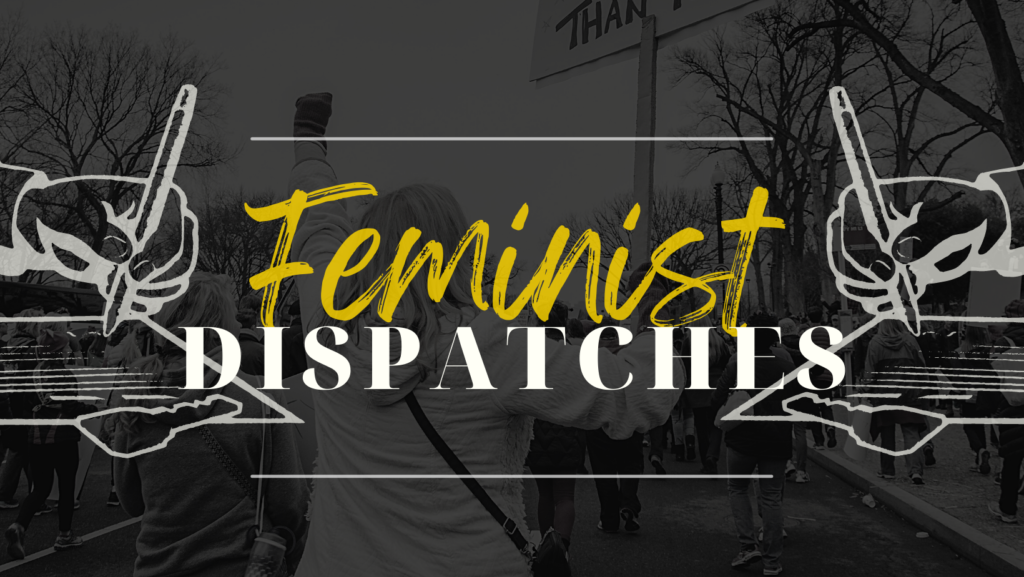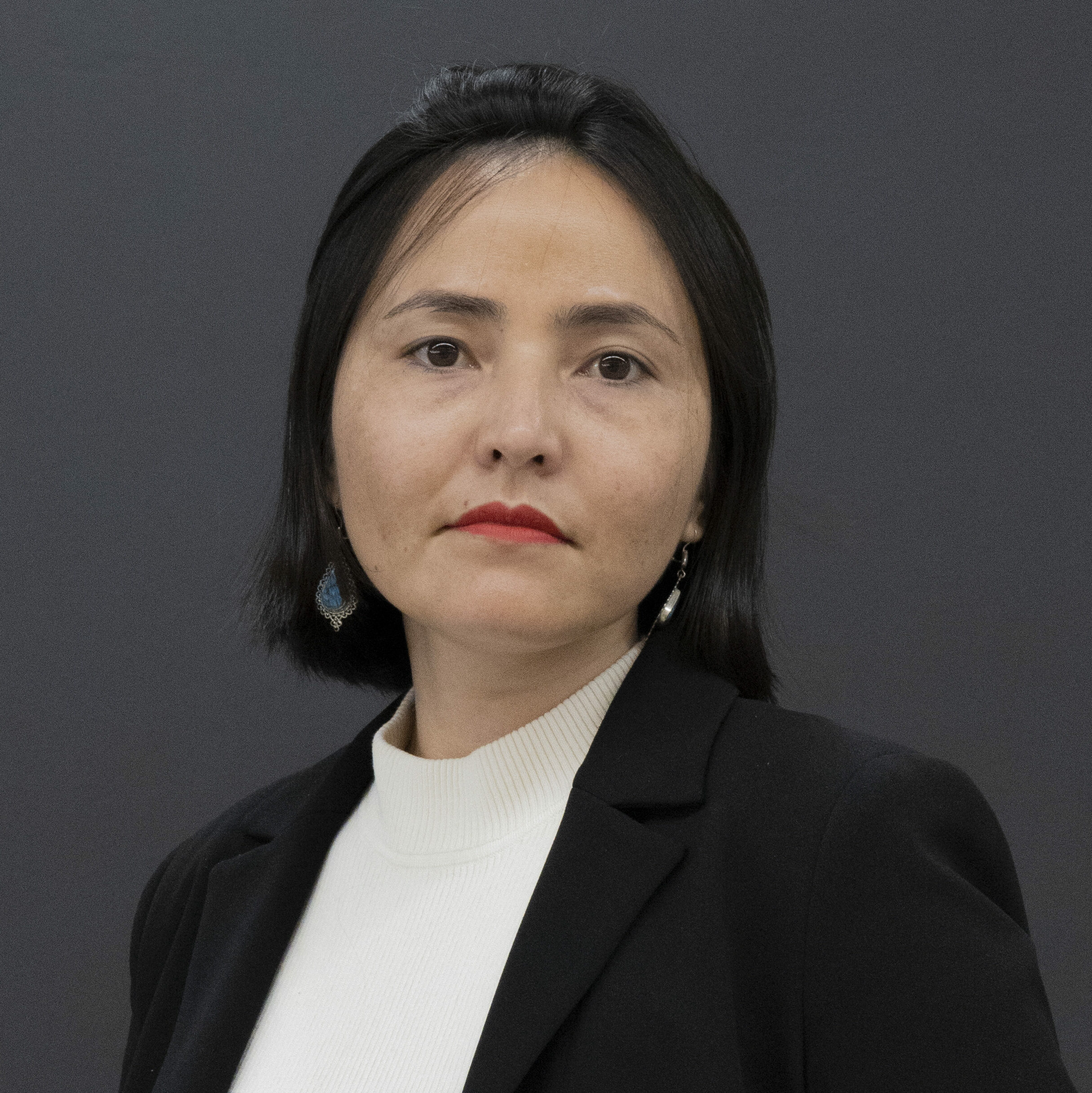Dispatch by Freshta Ghani and Mahtab Safi

This dispatch is reprinted with permission from Zan Times, a women-led, investigative newsroom that covers human rights violations in Afghanistan with a focus on women, the LGBTQ community, and environmental issues. Visit the site here. To support the work, consider making a donation.
Marwa Jalil* is a woman journalist with five years of experience as a local radio reporter in Badakhshan province in northern Afghanistan. The 24-year-old is one of the few women journalists still working in public in the country.
Jalil used to earn 17,000 afghani a month but, after the Taliban took over Afghanistan, her radio station decided to fire all its women journalists. “The head of the radio told us to keep working if we would work for free, otherwise they would not pay the women reporters,” she recounts. “I thought to myself, ‘Working for free is better than staying at home and grieving.’”
For the last one and half years, she has worked full-time in her profession for no salary or benefits. She isn’t alone. “Apart from me, 54 other women journalists work for free in Badakhshan; their economic situation is very dire, but this is the only way they can continue their work,” she says.
The station doesn’t even pay for her food or transportation costs while she works in the field. Luckily, Jalil’s father, who works in a non-governmental organization, is able to subsidize those costs, at least for now. “With these high prices, I don’t know whether my father will pay for our family’s expenses or spare me some money for car rent and food. I am facing a lot of economic problems,” she explains.
Like Marwa Jalil, dozens of women journalists in provinces including Herat, Badakhshan, Parwan, Kabul, Samangan, and Balkh are working without pay for local media organizations, according to the media watchdog group NAI Supporting Open Media in Afghanistan. “We have talked to the officials of these media several times about the salary of women reporters; they say that the reason is lack of funds,” says NAI’s head, Zarif Karimi, to Zan Times. “They say, ‘If women journalists are not happy that we cannot pay them, then they can quit. We can do our work with one or two employees.’”
After 18 months under Taliban rule, 32 women journalists in 12 provinces recounted security threats, harassment, and constant fear for doing their job.
Even if women journalists are still willing to work without pay, they face pressure from their family to quit their job. In neighboring Takhar province, Narges Ansari* is facing a similar situation to that of Marwa Jalil. As a veteran journalist with nine years experience, she was paid 10,000 afghani a month before the Taliban took power, but that salary was soon stopped, though she continues to work. “Many times my brother told me to quit this unpaid job. He recently warned me that if the media doesn’t pay you, you don’t have the right to go to work.” The issue is money. Narges Ansari has severe financial problems and her brother is struggling to pay household expenses, let alone finding funds for her work-related transportation needs. “A few days ago, when I was going home from the office, I didn’t have money for the fare,” she recounts. “The driver got very angry and said, ‘Why are you getting in the car when you don’t have money? What are you doing outside? Go and sit at home.’”
To see how women journalists are coping after 18 months under Taliban rule, Zan Times contacted 32 women journalists in 12 provinces. They recount security threats, harassment, and constant fear for doing their job. Seventeen out of 32 women journalists who spoke to Zan Times lost their jobs after the Taliban took over (six were fired because they were women, six lost their jobs due to the closures of their media organizations, while another five quit due to restrictions and security issues); while the other 15 have continued their work, despite facing gender discrimination, sexual harassment, security threats, pressure to abandon their jobs, unpaid work, lack of access to information, Taliban censorship, and the forced mandatory hijab rules.

***
Freshta Ghani studied law and political science. She has six years of work experience in Afghan media. Freshta is also a short story writer. Her short stories have been published in Pashto and translated into Persian, German, English, and Japanese. Two of her short stories have been published in the celebrated anthology, “My pen is the wings of a bird.”
***
Mehtab Safi has a bachelor’s degree in journalism from a public university in Afghanistan. She has worked as a reporter for various print, visual, audio, and online media. Mehtab has also been a member of a civil society organization working for women’s rights.
What women journalists told Zan Times echo earlier surveys. In March 2022, a survey by the Afghan National Journalists’ Union (ANJU) found that close to 90 percent of women journalists have “experienced gender discrimination,” while close to 80 percent said that “they have been insulted and threatened under the Taliban regime, including physical threats, abuse by Taliban officials, written and verbal threats.” The survey also indicates that “87 percent of women journalists are not motivated to work in the current situation due to fear and panic.”
In August 2022, Reporters Without Borders released a report stating that, out of 2,756 women journalists and media workers in Afghanistan before the Taliban takeover, only 656 were still working. At that time, women media workers had already completely disappeared from 11 of the country’s 34 provinces, while 85 percent of those still-employed were based in Kabul.
A UN Women report issued in October 2022 about media restrictions in the country noted that “women journalists were frequently and specifically targeted not only for the issues they covered but also for challenging social norms that inhibit women from fully participating in public life, interacting with men outside their family, or working outside the home.” In December, the Taliban in Kandahar literally silenced women in the media by ordering that local organizations refrain from broadcasting women’s voices, even in cooking and religious affairs programs.
Since August 2021, Taliban restrictions and a worsening business environment for media owners means that the media organizations that are still open prefer having male reporters to avoid conflicts with Taliban officials. When Mahsa*, a TV reporter in Herat province shared that one of her prospective employers revealed to her that if she was hired as a reporter then the Taliban “will come to our office every day and harass us on various pretexts. That’s why we don’t hire any female reporters.”
"They cannot stomach the fact that a woman can work as a reporter, and that makes them see me as a transgressor."
Marwa Jalil*
Even those who are still able to work tell Zan Times that they regularly face sexual harassment and discrimination in the workplace as well as when they leave the newsroom to do their jobs.
Raihana*, a local reporter in northern Afghanistan (for her security, Zan Times is not identifying her province), was harassed during an interview with a senior Taliban official. The incident occurred in December 2022 when she went to interview him. “He was not in the office. One of his employees guided me to another room. In that room, when I was interviewing the Maulawi … I got scared by the way he was staring at me and I cut the interview short and packed my things. When I tried to get out, I found the door was locked. I was about to scream when he unlocked the door for me, and let me out.”
Soon after, the same Taliban official invited Raihana back to the directorate of information and culture. “When I said that I could not come, he told me to wait for the consequences of what will happen to me and don’t complain anymore,” she tells Zan Times. “After that day, I was not allowed to enter any [government] venue for any event.”
Nasima*, a female journalist in southern Afghanistan (for her security, Zan Times is not identifying her province), has also been sexually harassed by a regime official. In November, after conducting an interview with a senior Taliban official, she received several messages and calls from him asking her to meet with him privately. “When I did not answer his calls and messages, he wrote, ‘I like your voice, why don’t you understand?’” she tells Zan Times. Nasima was so alarmed that she blocked his number. Even months later, she lives in fear of being harassed again by members of the Taliban.
In addition to harassment, all the women journalists who spoke to Zan Times complain of constant gender discrimination, such as being frequently prevented from attending press conferences because they are women. That happened to journalist Mina Habib, head of the Roidad News Agency, in October 2022 while covering the aftermath of the terrorist bombing at the Kaaj educational centre in Kabul that killed at least 55, most of them women. That day, she reported the incident in a message to Zan Times: “This morning, the [Taliban] forces, with discriminatory behaviour, did not let me cover an event about the martyrs of the Kaaj education centre.”
Marwa Jalil faces the same situation every day. “Every time I go [into the field] to prepare a report, every Talib who sees me with a camera and a microphone, stops and interrogates me,” she tells Zan Times. “They cannot stomach the fact that a woman can work as a reporter, and that makes them see me as a transgressor.”
Another problem is women’s journalist access to information. The media watchdog NAI tells Zan Times that one of its surveys revealed that only three percent of women journalists are able to access needed information and facts through social networks or phone calls while 97 percent say they have problems accessing the information required to do their jobs. Zarlasht*, a local reporter in Nangarhar province, has found it extremely difficult to get the information needed to do her job, especially as she’s frequently forbidden from attending news conferences. “I try very hard to prepare my news reports on time, but I cannot get enough information,” she says.
Beside all the hardships that women journalists face, they risk imprisonment for doing their job: an organization that supports women journalists in Afghanistan provided information to Zan Times that at least 13 women journalists were interrogated by the Taliban during 2022 in Kabul, Herat, and Balkh provinces (the organization asked not to be named for the security of its staff).
Even as the Taliban make it harder and harder to do their jobs, women journalists such as Zarlasht and Marwa Jalil say they will continue to work in their profession. They have chosen to persevere.
*Names have been changed to protect the identity of the interviewees.
